Buttercream is a versatile and indulgent frosting that has become a staple in the world of baking and cake decorating. This creamy and luscious topping is beloved for its rich, buttery flavor and smooth, spreadable consistency. It’s used to adorn cakes, cupcakes, cookies, and more, adding a layer of sweetness and elegance to a wide range of desserts.
Here are some more useful languages for you:
- Spanish: https://h2cake.com/receta-de-crema-de-mantequilla/
- Portuguese: https://h2cake.com/buttercream-receita-de-creme-de-manteiga/
- Hungarian: https://h2cake.com/vajkrem-recept/
- Ukrainian: https://h2cake.com/рецепт-масляного-крему/
Buttercream comes in various forms, each with its unique texture and taste. From classic American Buttercream, which is quick and simple to make, to Swiss, Italian, and French Buttercream, which involve more intricate techniques, there’s a buttercream style to suit every baker’s preference.
Whether you’re seeking a velvety canvas for intricate decorations or a delectable filling for your baked goods, buttercream is a beloved choice that brings both flavor and beauty to the world of confectionery. Its versatility makes it an essential tool in a baker’s repertoire, offering endless possibilities for creating stunning and delicious treats.

What Is Buttercream?
Buttercream is a type of frosting or icing used in baking and cake decorating. It’s made primarily from butter (hence the name) and powdered sugar, with other flavorings and ingredients added to achieve the desired taste and texture. Buttercream is a popular choice for frosting cakes, cupcakes, cookies, and other baked goods due to its rich, creamy, and smooth consistency.
There are several variations of buttercream, each with its unique characteristics:
- American Buttercream: This is the simplest and most common type of buttercream, made by creaming together butter and powdered sugar. It’s easy to prepare and can be flavored with vanilla extract or other flavorings.
- Swiss Meringue Buttercream: Swiss buttercream is made by heating egg whites and sugar over a double boiler, then whipping them into a meringue before adding softened butter. It has a silky and less sweet texture compared to American buttercream.
- Italian Meringue Buttercream: Italian buttercream is similar to Swiss buttercream but involves pouring a hot sugar syrup into whipped egg whites, creating a stable meringue. It’s smooth, glossy, and less sweet than American buttercream.
- French Buttercream: French buttercream is made with egg yolks, sugar syrup, and butter. It’s the richest and creamiest of all buttercreams, with a custard-like flavor and texture.
- Ermine Buttercream (Roulette): This old-fashioned buttercream is cooked with milk and flour to create a thick, pudding-like base before adding butter. It’s light and less sweet than American buttercream.
Buttercream can be further flavored and colored to match the desired taste and aesthetics of the dessert. Common flavorings include vanilla, chocolate, fruit extracts, and citrus zest. Food coloring can be used to achieve vibrant or pastel shades.
Buttercream is not only used as a frosting but also as a filling between cake layers, creating a delicious and decorative element in layered cakes. It’s a versatile and essential component of the world of baking and cake decorating, known for its ability to turn simple baked goods into decadent treats.
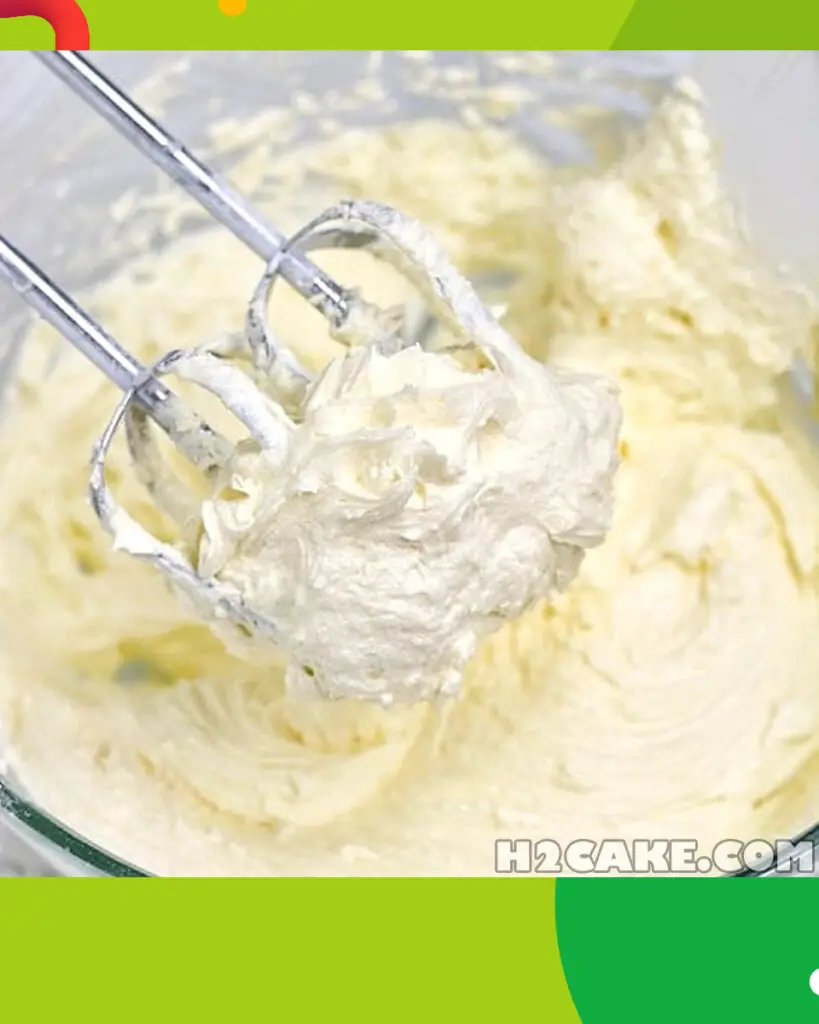
Why You Will Love Buttercream Recipe?
- Creamy and Luscious Texture: Buttercream is incredibly creamy and luscious, making it a delightful frosting or filling for cakes, cupcakes, and cookies. Its smooth consistency glides effortlessly, creating a velvety finish that’s both pleasing to the eye and the palate.
- Rich and Buttery Flavor: The primary ingredient in Buttercream is, of course, butter. This contributes to its rich, buttery flavor that’s a perfect complement to a wide range of desserts. It’s a taste that appeals to many and can be customized with various flavorings.
- Versatile and Customizable: Buttercream is highly versatile. You can customize it with different flavors such as vanilla, chocolate, citrus, or fruit extracts. Food coloring allows you to create a spectrum of colors, making it suitable for various themes and occasions.
- Easy to Work With: Whether you’re a novice baker or an experienced cake decorator, Buttercream is user-friendly. It’s easy to prepare and spreads smoothly, making it a forgiving choice for both frosting beginners and experts.
- Beautiful Decorative Element: Buttercream’s pliability makes it ideal for creating intricate decorations and designs on cakes. From simple swirls and rosettes to elaborate flowers and figures, it can turn your desserts into edible works of art.
- Longer Shelf Life: Buttercream has a decent shelf life when stored correctly. You can make it in advance, saving you time when preparing for special occasions or events.
- Balanced Sweetness: While it’s sweet, Buttercream’s sweetness can be adjusted to suit your taste. You have control over the sugar content, allowing you to strike the perfect balance between sweetness and other flavor elements.
- Nostalgic Comfort: Buttercream is a classic frosting that often evokes nostalgic feelings of homemade treats and celebrations. Its familiar and comforting taste can bring back cherished memories.
- Endless Dessert Possibilities: With Buttercream, the dessert possibilities are virtually endless. You can use it to frost layer cakes, pipe onto cupcakes, fill macarons, or create stunning cake pops. It’s a versatile tool in your baking arsenal.
- Homemade Goodness: Making Buttercream from scratch allows you to use high-quality ingredients, ensuring a superior taste and quality compared to store-bought alternatives.
Whether you’re a passionate home baker or a professional cake decorator, a good Buttercream recipe is an essential addition to your culinary repertoire. Its taste, texture, and versatility make it a beloved choice for enhancing the flavor and appearance of a wide variety of baked goods.
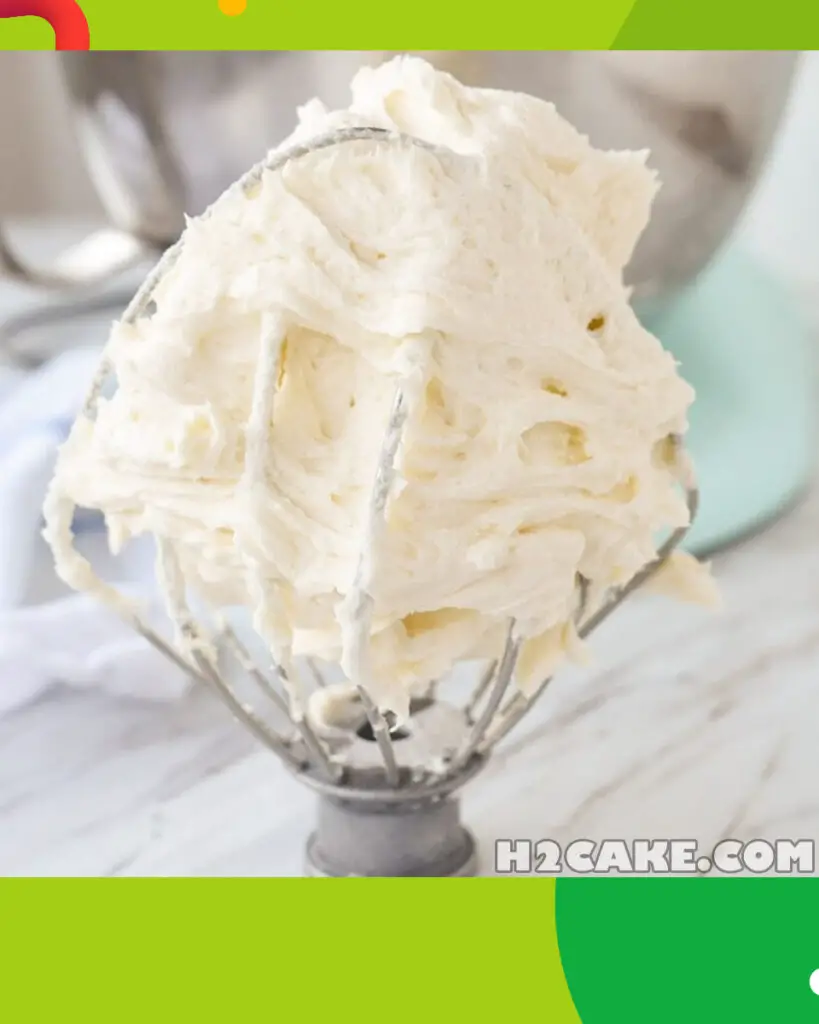
Ingredients For Buttercream
- 1 cup (2 sticks) unsalted butter, at room temperature
- 4 cups powdered sugar (confectioners’ sugar), sifted
- 1/4 cup whole milk or heavy cream
- 1-2 teaspoons pure vanilla extract
- A pinch of salt (optional)
How To Make Buttercream
- Prepare the Butter:
- Ensure the unsalted butter is at room temperature. This allows for easier mixing and a smoother texture.
- Cream the Butter:
- In a large mixing bowl, using an electric mixer or a stand mixer fitted with a paddle attachment, beat the softened butter on medium speed until it becomes creamy and pale, usually taking about 2-3 minutes.
- Add Powdered Sugar:
- Gradually add the sifted powdered sugar to the creamed butter, one cup at a time.
- Start mixing on low speed to avoid a powdered sugar cloud, then increase the speed to medium and continue beating until well combined. Scrape down the sides of the bowl as needed to ensure even mixing.
- Incorporate Liquid and Flavor:
- Pour in the whole milk or heavy cream and add 1-2 teaspoons of pure vanilla extract.
- Mix on low speed until the liquid is incorporated, then increase the speed to medium-high and beat for an additional 2-3 minutes until the buttercream becomes light and fluffy.
- If desired, add a pinch of salt to enhance the flavor. Mix briefly to incorporate.
- Adjust Consistency:
- If the buttercream is too thick for your preference, add a little more milk or cream, a teaspoon at a time, and mix until you achieve your desired consistency.
- If it’s too thin, you can add more powdered sugar, a tablespoon at a time, and mix until it thickens.
- Final Whip:
- Beat the buttercream for an additional 2-3 minutes on medium-high speed. This extra whipping time will make it even lighter and fluffier.
Your American Buttercream is now ready to use! You can use it to frost cakes, cupcakes, cookies, and other baked goods. Customize it with different flavorings or food coloring to suit your preferences and creative ideas.

How To Serve Buttercream
Buttercream is a versatile frosting that can be served in various ways, depending on your baking or dessert needs. Here are some common ways to serve and use buttercream:
- Frosting Cakes: Spread a generous layer of buttercream on the top and sides of cakes. Smooth it out for a classic finish, or create decorative patterns and designs using cake decorating tools.
- Decorating Cupcakes: Pipe swirls or decorative patterns of buttercream onto cupcakes using piping bags and tips. Add sprinkles, chocolate shavings, or edible decorations for extra flair.
- Filling Pastries: Use buttercream as a filling for pastries, such as cream puffs, éclairs, and whoopie pies. It adds a sweet and creamy center to these treats.
- Filling Sandwich Cookies: Sandwich two cookies together with a dollop of buttercream in the center. Classic examples include whoopie pies and macarons.
- Topping Brownies and Bars: Spread a thin layer of buttercream over brownies or cookie bars for added sweetness and flavor.
- Decorating Cookies: Decorate sugar cookies with buttercream by piping intricate designs or adding colorful accents.
- Cupcake Swirls: Create elegant cupcake swirls by using a star or round tip to pipe buttercream on top of cupcakes. Garnish with edible decorations.
- Cake Borders: Use buttercream to pipe decorative borders around the edges of cakes or cupcakes.
- Cake Flowers: Create beautiful buttercream flowers to adorn cakes and cupcakes. Common flower designs include roses, daisies, and tulips.
- Dessert Shots: Serve small dessert shots or mini parfaits with layers of cake or cookie crumbs, buttercream, and fruit or chocolate. It’s a delightful dessert in a small serving.
- Dessert Dips: Serve buttercream as a dip for fresh fruit, cookies, or pretzels at dessert gatherings.
- Edible Decorations: Mold buttercream into edible decorations such as bows, ribbons, or figurines to adorn cakes and desserts.
- Cake Pops: Dip cake pops into melted chocolate or candy melts, and then decorate with buttercream before they set.
- Trifle Layers: Use buttercream as a layer in a trifle dessert, alternating with cake, fruit, and other fillings.
- Dessert Pizza: Spread a thin layer of buttercream on a dessert pizza crust and top with fruits, nuts, and drizzles of chocolate or caramel.
When serving buttercream, consider its flavor, texture, and color in the context of your dessert presentation. Buttercream is a versatile and delicious addition to various sweet treats, allowing you to create beautiful and indulgent desserts for any occasion.
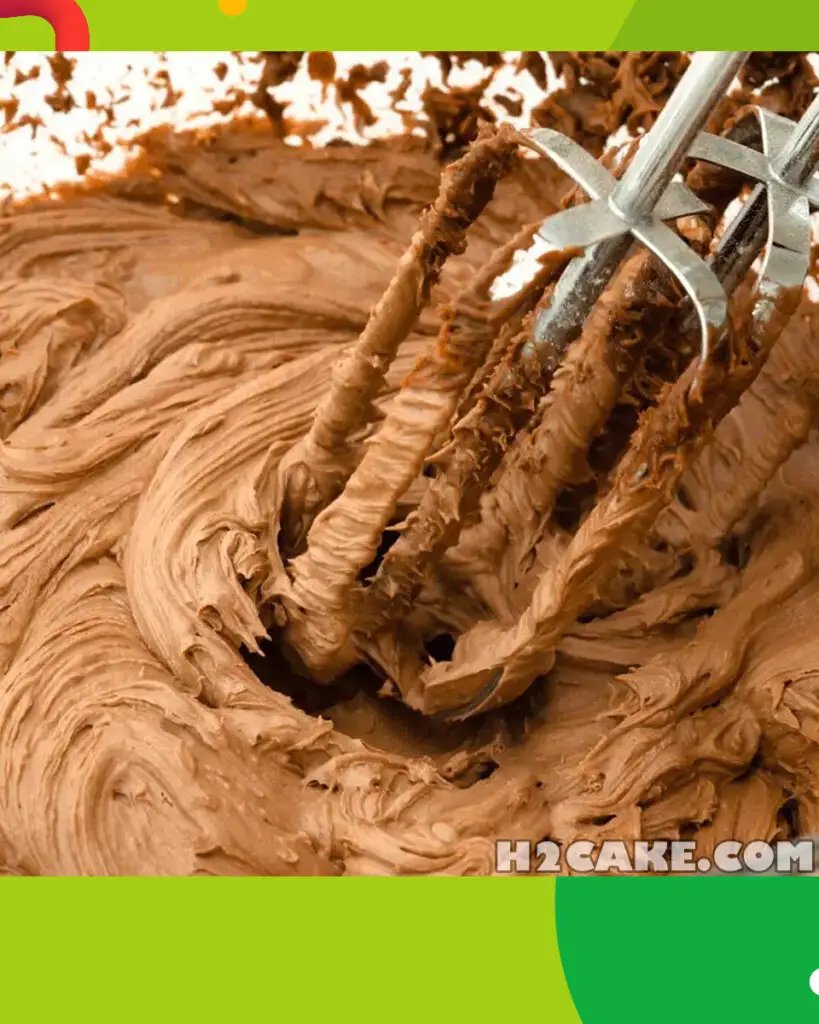
How To Store Buttercream
Storing buttercream properly is essential to maintain its texture and prevent it from spoiling. Here’s how to store buttercream, whether you have leftover frosting or want to prepare it in advance:
1. Short-Term Storage (1-2 Days):
If you plan to use the buttercream within a day or two, you can store it at room temperature if your kitchen is not excessively hot. Place the buttercream in an airtight container or cover the bowl tightly with plastic wrap to prevent it from drying out or absorbing any odors. Keep it away from direct sunlight and heat sources.
2. Refrigeration (Up to 1 Week):
If you need to store buttercream for a longer period, refrigeration is the best option. Here’s how:
- Transfer the buttercream to an airtight container or a resealable plastic bag.
- Press plastic wrap directly onto the surface of the buttercream to create an airtight seal. This prevents it from forming a crust or absorbing any refrigerator odors.
- Seal the container or bag tightly and place it in the refrigerator.
When you’re ready to use the refrigerated buttercream, allow it to come to room temperature for about 30 minutes to an hour. Then, re-whip it with an electric mixer to restore its creamy texture. You may need to add a small amount of additional milk or cream to adjust the consistency.
3. Freezing (Up to 3 Months):
Buttercream can also be frozen for longer-term storage:
- Place the buttercream in an airtight container or a resealable freezer bag.
- Press plastic wrap directly onto the surface of the buttercream to create an airtight seal.
- Seal the container or bag tightly and label it with the date.
Frozen buttercream can be stored in the freezer for up to three months. When you’re ready to use it, thaw it in the refrigerator overnight. Then, allow it to come to room temperature and re-whip it to restore its creamy consistency.
Note: While buttercream can be stored in the refrigerator or freezer, it may become slightly denser after thawing. Re-whipping helps restore its original texture.
Always ensure that the storage container is airtight and properly sealed to prevent the buttercream from absorbing any odors or developing an undesirable crust. Properly stored buttercream should remain safe to eat for the recommended storage durations.
If You Love This Recipe Try These Out!
- Whispers Of White Chocolate American Buttercream
- Velvety Smooth Milk Chocolate American Buttercream
- Mastering The Art Of Coffee Buttercream
- Velvety Smooth Chocolate Buttercream
Tips And Tricks For Buttercream
Here are some tips and tricks for working with buttercream to help you achieve the best results:
1. Use Room Temperature Butter:
- Ensure that the butter is at room temperature for making American Buttercream. Softened butter is easier to cream, resulting in a smoother texture.
2. Sift the Powdered Sugar:
- Sift the powdered sugar before adding it to the butter. This helps prevent lumps and ensures a smoother consistency.
3. Gradually Add Sugar:
- Add the powdered sugar gradually, one cup at a time, while mixing. This prevents a cloud of sugar dust and promotes even blending.
4. Whip the Butter:
- Whip the softened butter on medium-high speed until it becomes pale and creamy, usually for 2-3 minutes. This initial step is crucial for achieving a light and fluffy texture.
5. Incorporate Flavorings:
- Customize your buttercream by adding flavorings like pure vanilla extract, almond extract, cocoa powder, or citrus zest. Adjust the amount to suit your taste.
6. Achieve the Right Consistency:
- Adjust the buttercream’s consistency with milk or cream. Add a small amount at a time to avoid over-thinning. For a stiffer consistency, add more powdered sugar.
7. Use Gel Food Coloring:
- When coloring buttercream, use gel food coloring instead of liquid food coloring. Gel coloring provides vibrant colors without adding excess liquid.
8. Food Safety:
- Keep hygiene in mind when working with buttercream. Wash your hands and utensils thoroughly to avoid contamination.
9. Avoid Overmixing:
- Once the liquid is added, avoid overmixing the buttercream. Overmixing can lead to air bubbles and a less smooth texture.
10. Room Temperature Ingredients:
- For Swiss or Italian Buttercream, ensure that the egg whites or yolks are at room temperature before whipping.
11. Store Properly:
- Store buttercream in an airtight container with plastic wrap pressed directly onto the surface to prevent drying and flavor absorption.
12. Re-whip if Necessary:
- If buttercream becomes too soft or separates after storing, you can re-whip it to restore its consistency.
13. Practice Piping:
- If you’re piping decorations, practice your piping techniques on parchment paper or a plate before decorating your cakes or cupcakes.
14. Get Creative:
- Buttercream is a canvas for creativity. Experiment with different tips and techniques to create unique decorations and designs.
15. Keep It Cool:
- In warm weather, work quickly with buttercream to prevent it from melting or becoming too soft. You can also chill your frosted cakes briefly to set the buttercream.
By following these tips and tricks, you’ll be well-equipped to make and work with buttercream like a pro, whether you’re frosting a cake, decorating cupcakes, or adding sweet accents to your baked creations.
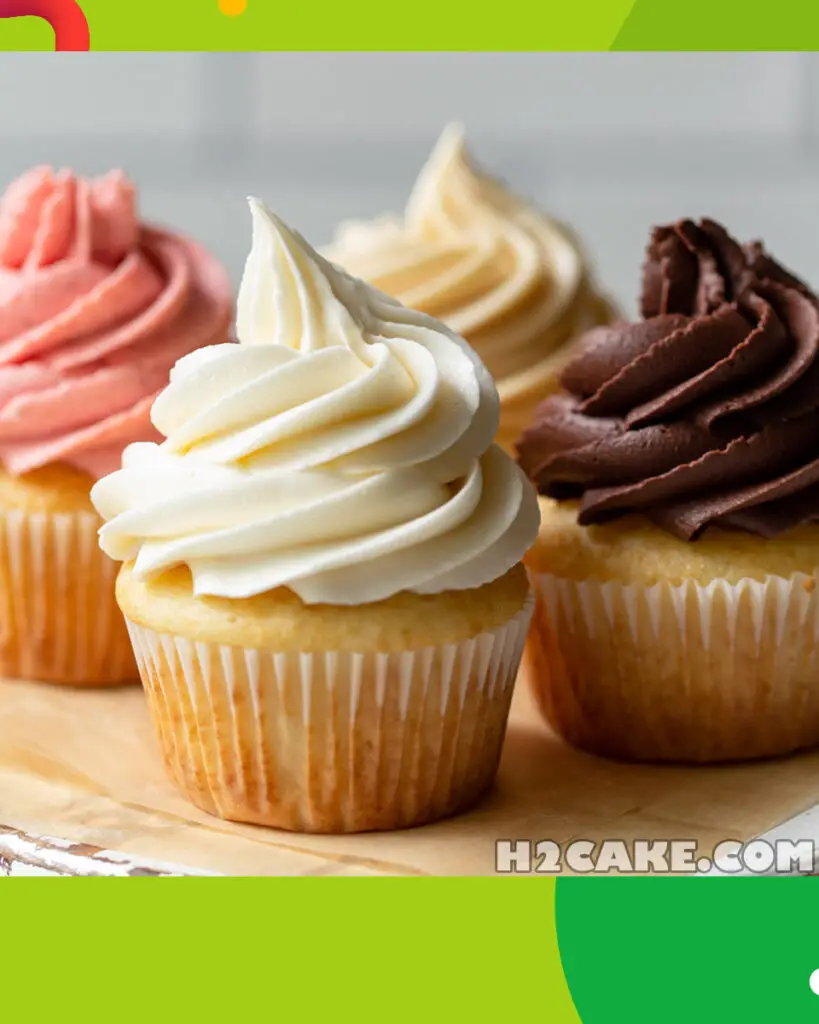
FAQs And Troubleshooting
1. My buttercream is too thick. How can I thin it out?
- If your buttercream is too thick, you can gradually add a small amount of milk, cream, or even water, a teaspoon at a time, and mix until you achieve the desired consistency. Be cautious not to over-liquidize it.
2. My buttercream is too thin. How can I thicken it?
- If your buttercream is too thin, you can add more powdered sugar, a tablespoon at a time, and mix until it thickens to your liking. Alternatively, you can refrigerate it briefly to firm it up before re-whipping.
3. Can I make buttercream ahead of time?
- Yes, you can make buttercream ahead of time and store it in the refrigerator for up to a week or in the freezer for up to three months. Remember to properly seal it in an airtight container and label it with the date.
4. Can I re-whip buttercream after it’s been stored?
- Yes, you can re-whip buttercream that has been stored in the refrigerator or freezer to restore its texture. Allow it to come to room temperature, and then use an electric mixer to whip it until it becomes light and fluffy again.
5. Why is my buttercream grainy?
- Grainy buttercream can occur if the powdered sugar isn’t properly sifted, or if the butter is too cold when you start mixing. Ensure that both the sugar is sifted and the butter is at room temperature before you begin.
6. How can I fix curdled buttercream?
- Curdled buttercream can happen if the butter is too cold or if you add the liquid (milk or cream) too quickly. To fix it, warm the mixture slightly by placing the bowl over a pot of simmering water (double boiler) and gently whisking until it starts to come together. Then, let it cool to room temperature and re-whip.
7. Can I use salted butter for buttercream?
- It’s best to use unsalted butter for buttercream so that you can control the salt content. However, if you only have salted butter, you can use it and omit any additional salt in the recipe. Taste and adjust as needed.
8. Can I freeze buttercream decorations?
- Yes, you can freeze buttercream decorations made in advance. Store them in an airtight container or freeze them on a parchment paper-lined tray until they’re firm, then transfer to a freezer bag. Thaw them at room temperature when you’re ready to use them.
9. Can I color buttercream with liquid food coloring?
- While it’s possible to color buttercream with liquid food coloring, gel food coloring is preferred as it doesn’t add excess liquid to the mixture. Liquid coloring can affect the texture and consistency of the frosting.
10. Why does my buttercream have air bubbles when I pipe it?
- Air bubbles in buttercream can be caused by overmixing after adding liquid. To minimize air bubbles, avoid excessive mixing and use a gentle touch when piping.
These FAQs and troubleshooting tips should help you navigate common challenges when working with buttercream, ensuring that you create delicious and beautifully decorated desserts with ease.
Nutrition Information
Buttercream is a sweet frosting primarily made of butter and powdered sugar, and its nutritional content primarily comes from these two main ingredients. Here’s a general idea of the nutritional information for a standard American Buttercream per 2-tablespoon serving:
Calories: Approximately 140-150 calories, Total Fat: Approximately 7-8 grams, Saturated Fat: Approximately 4-5 grams, Total Carbohydrates: Approximately 20-22 grams, Sugars: Approximately 20-22 grams, Protein: Negligible
Please note that the actual nutritional content may vary based on factors such as the specific recipe, variations in ingredients, and serving size. If you have dietary restrictions or specific nutritional concerns, it’s essential to consider these factors when using buttercream in your recipes.
Buttercream is primarily used as a frosting or decoration for baked goods and is typically enjoyed in moderation as part of indulgent desserts. If you’re looking for a healthier alternative, consider using less frosting or exploring frosting recipes that incorporate lower-calorie and lower-fat ingredients, such as whipped cream frosting or yogurt-based frosting.

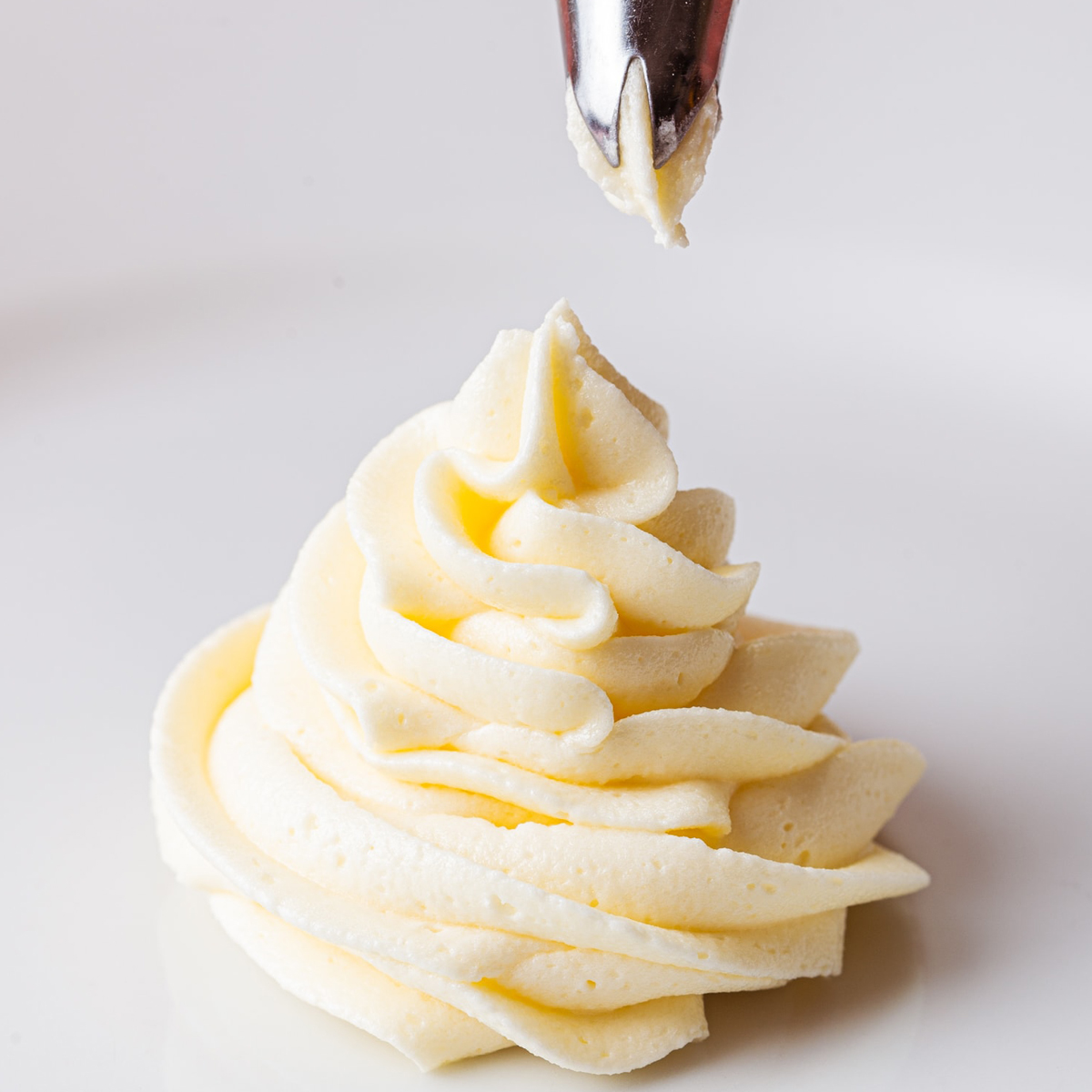
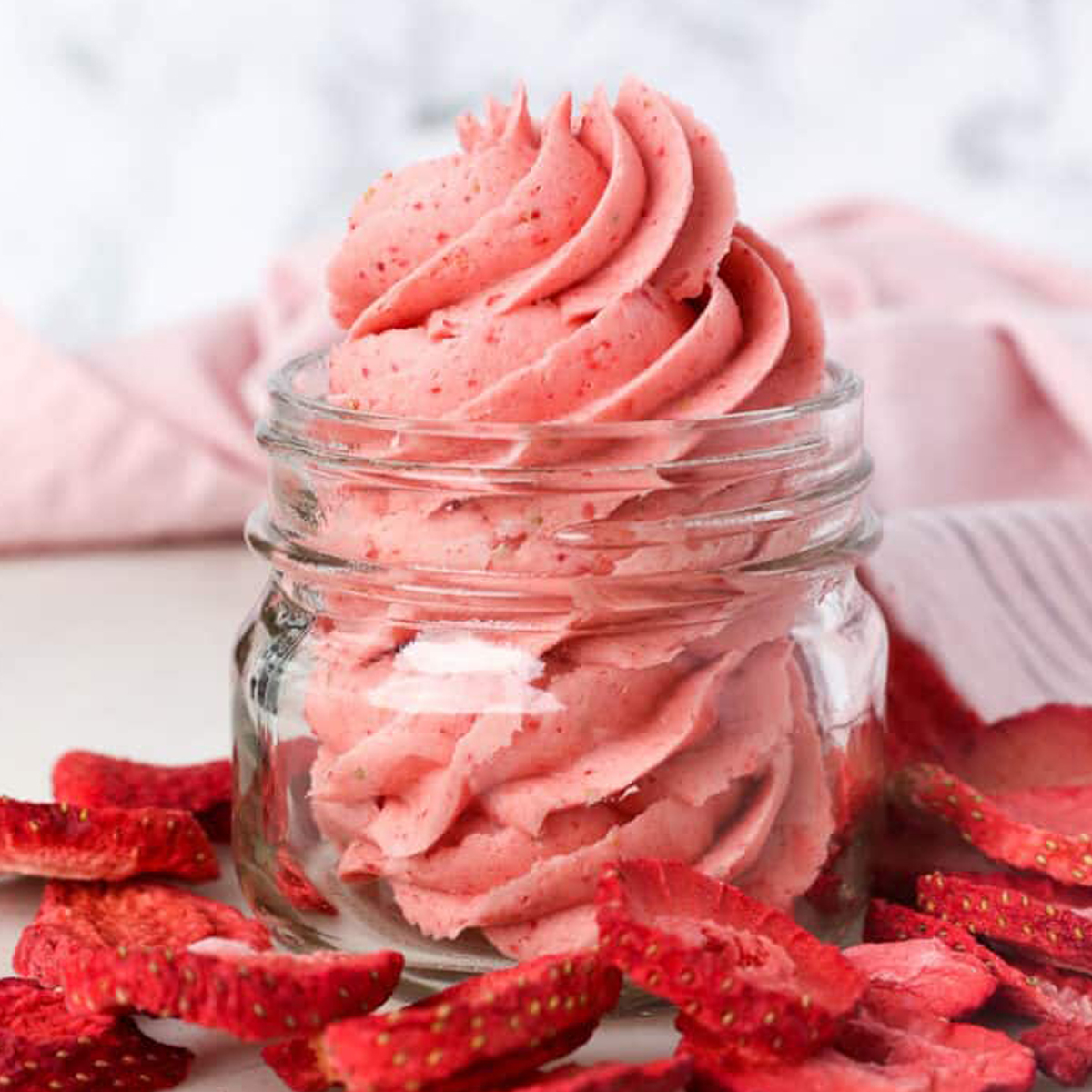
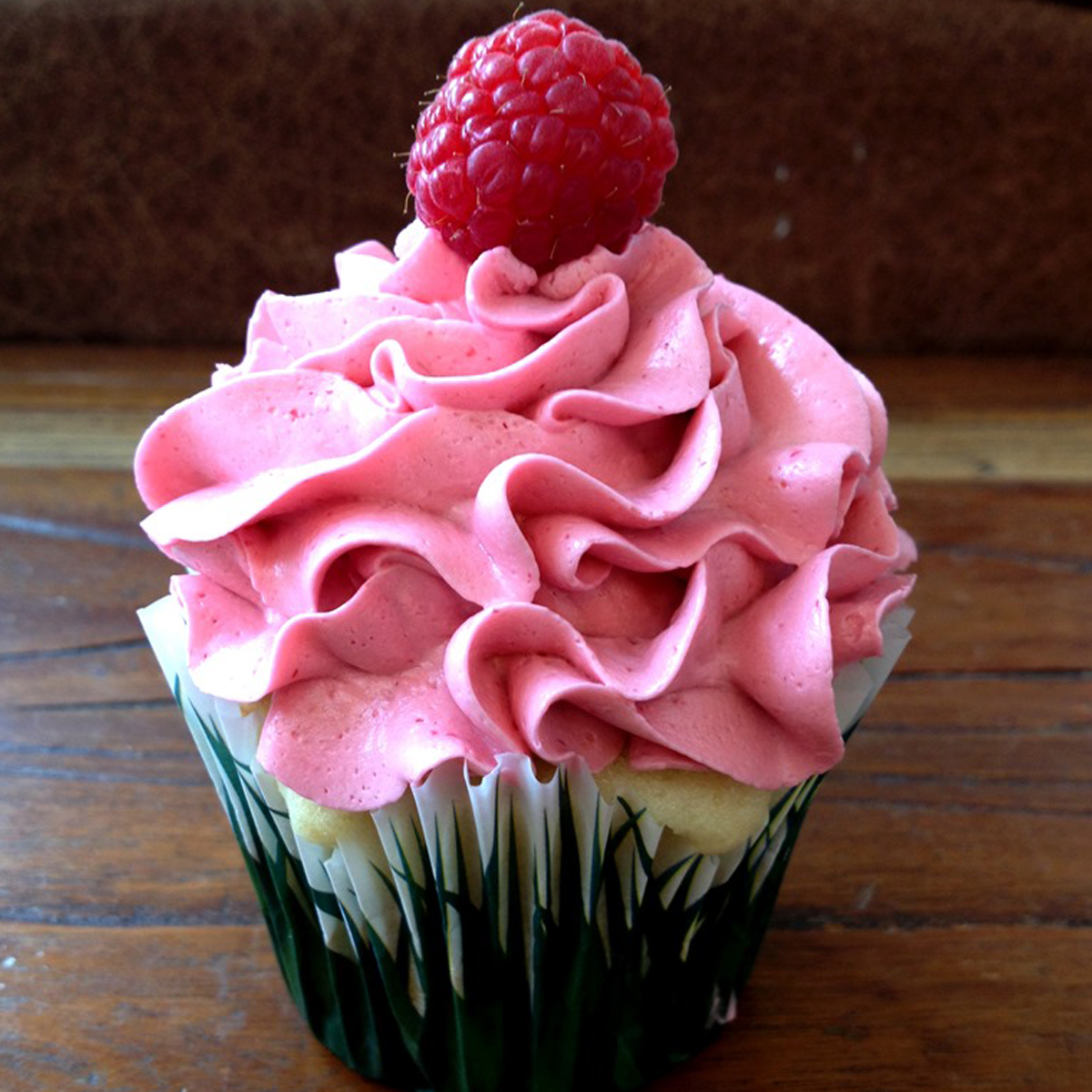
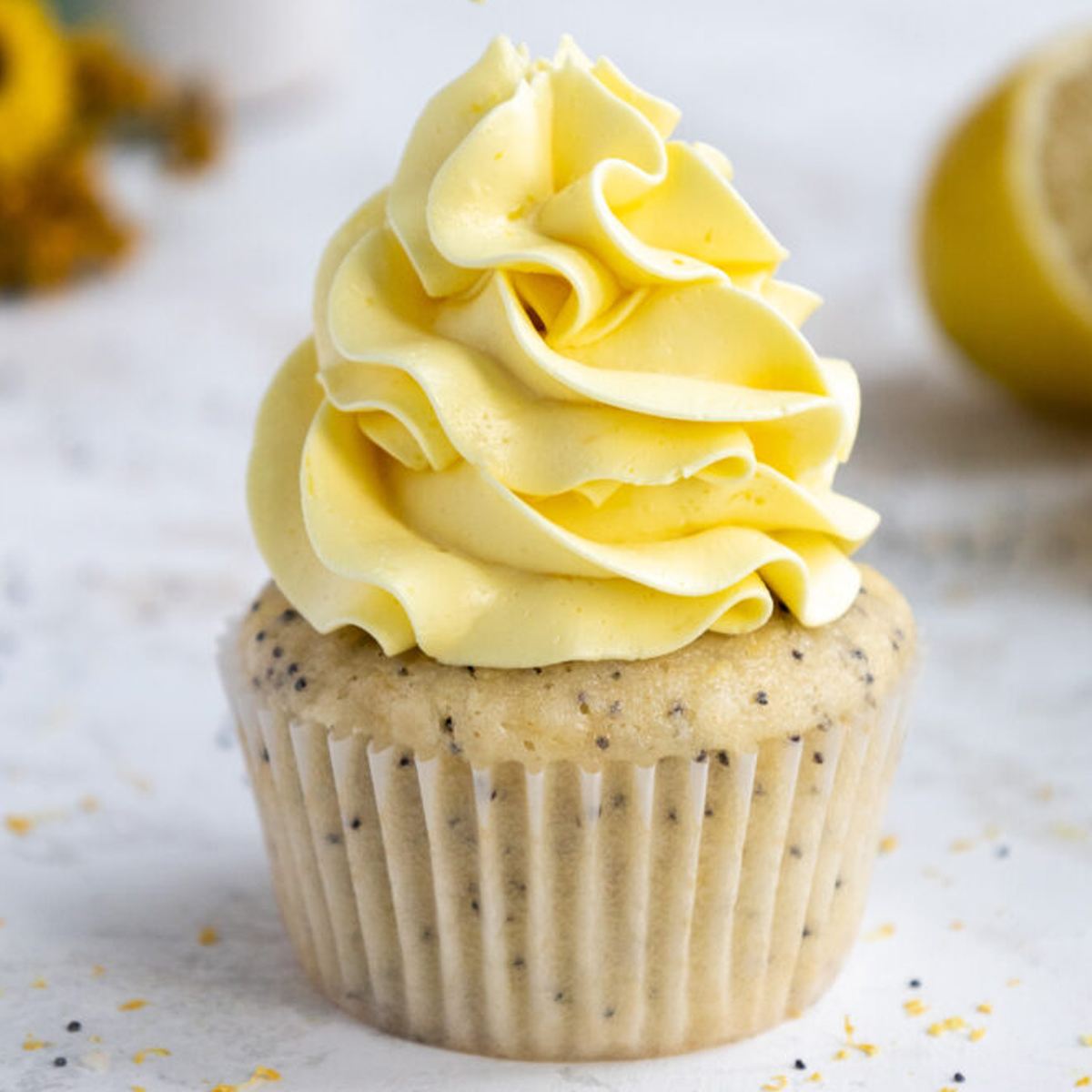

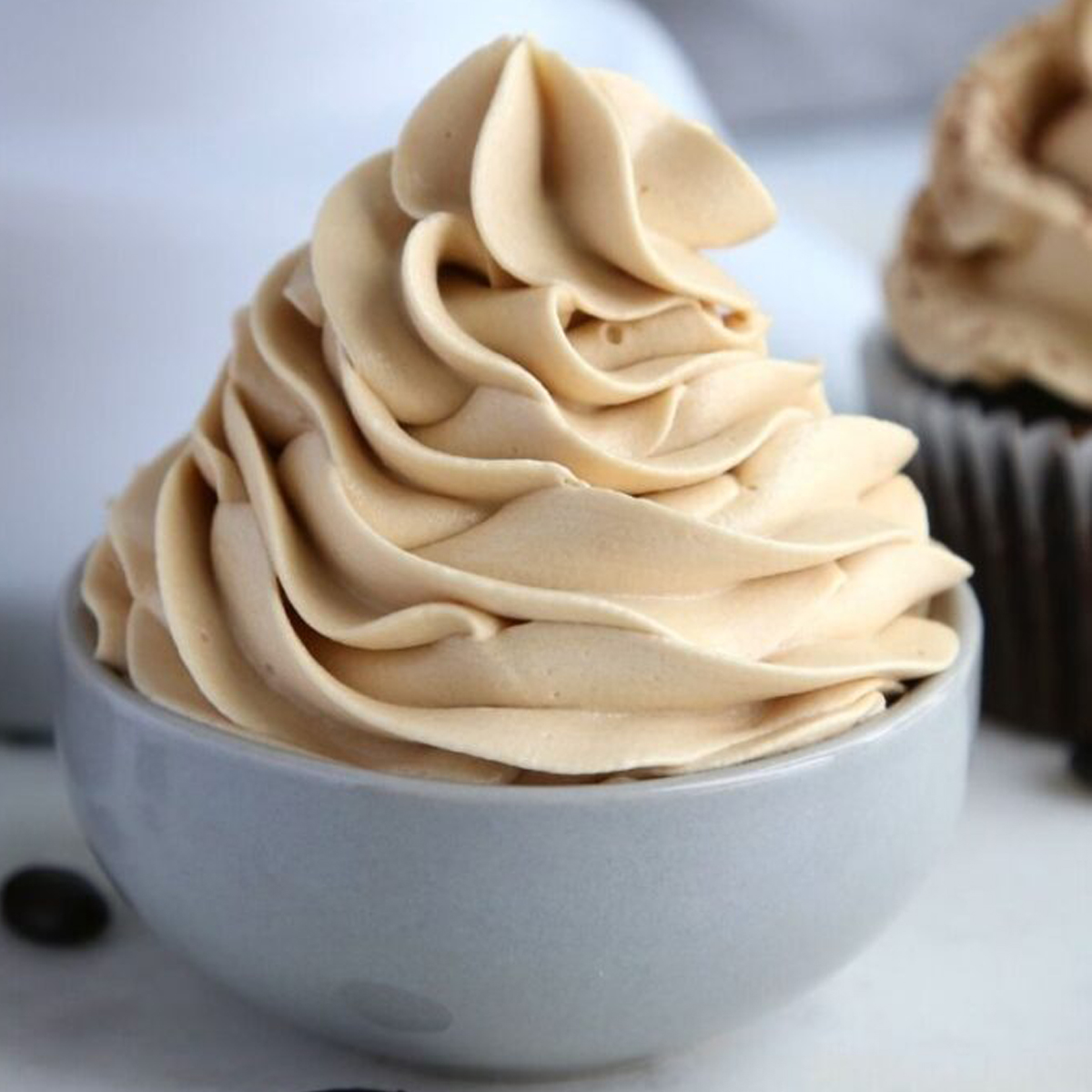
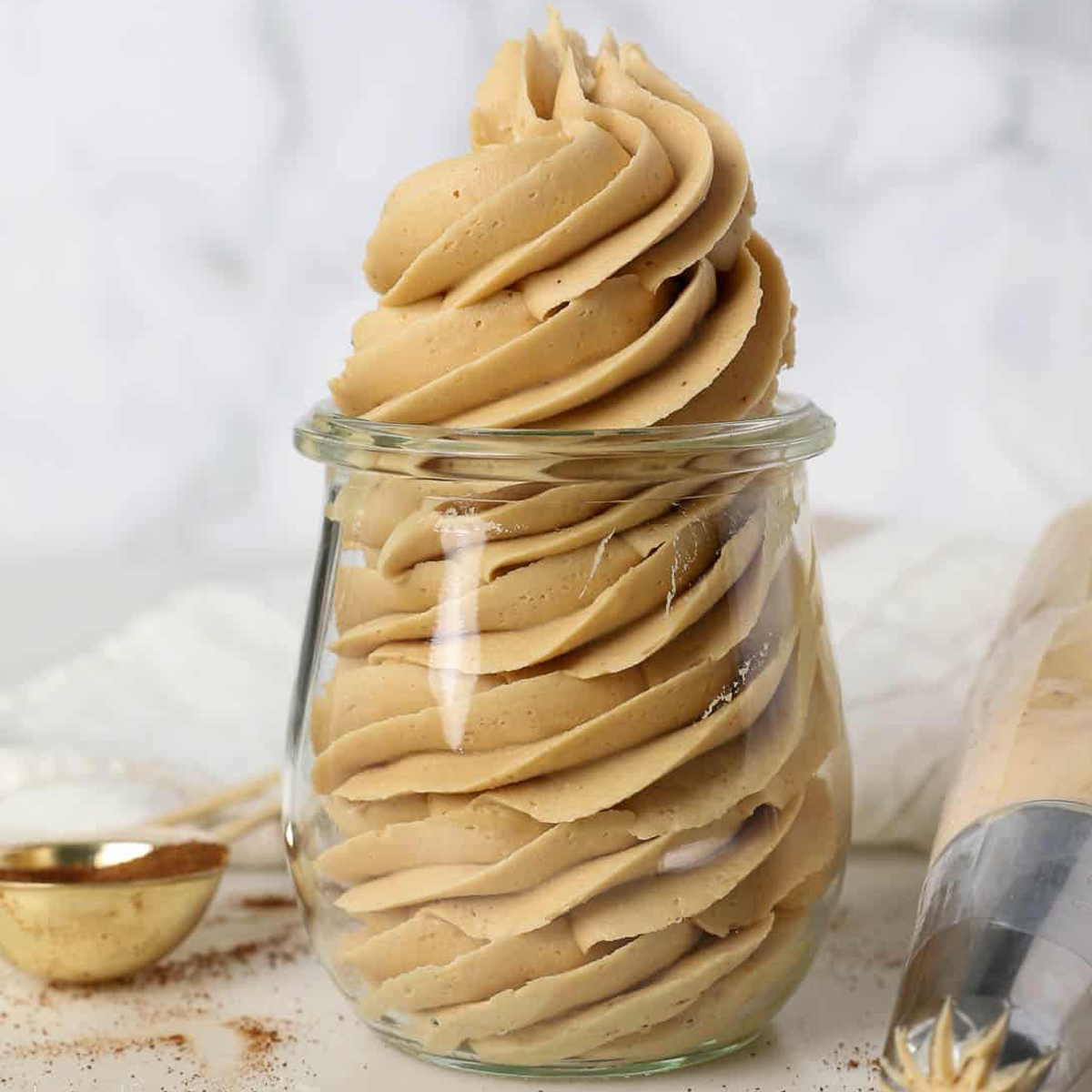

What is the recipe for what ever you’re sprinkling on the layers of cake before putting the filling on?
Hi! I came to this page from a video on Facebook, and I really need to know – what is the liquid that is being sprayed/sprinkled on the cake layers before frosting? It looks like milk, but could we get more information?